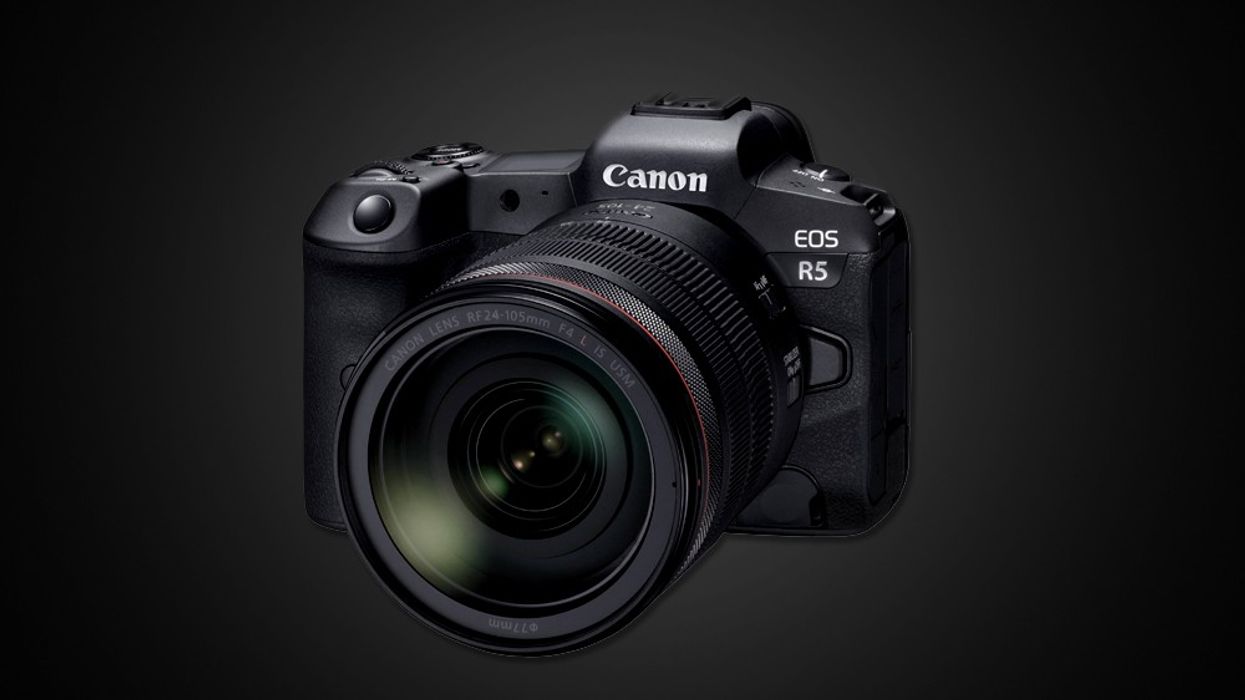Could the Canon EOS R5 Receive a Dual Gain Output Sensor?
Let's explain Canon's new Dual Gain Output sensor.

When Canon released the Cinema EOS C300 Mark III, one of the features that piqued filmmakers' interest was the newly developed Dual Gain Output (DGO) sensor. According to Canon, the sensor can offer some hefty latitude while still maintaining low noise levels since the sensor reads out each photodiode at two different gains. Essentially, the sensor produces two images and then stitches them back together for a cleaner look that eliminates temporal artifacts.
Since the technology is Canon's latest innovation, will it make its way to the upcoming 8K EOS R5. Before pondering that question, let's talk sensors and DGO.

It's important not to confuse photosites with pixels. They are two different things (though they are often used interchangeably). A photosite is the area on a sensor that converts light into voltage which then becomes an image. A pixel is the result of that recording. So, a sensor doesn't have pixels, it has photosites (and photodiodes) and a recorded file doesn't have photosites, it has pixels.
Canon's Dual Gain Output (DGO) sensor uses two photodiodes for each photosite. Each photodiode captures a single frame of the exact same image but at different gain levels. One image is low gain, low noise. The second image is at a higher gain and adds saturation. The two images are then combined, producing a better-resolved image. Canon says with DGO, the EOS C300 Mark III achieves up to 16+ stops of dynamic range in HDR. If accurate, that's simply nuts as it would tout the most dynamic range of any available camera.
There is a caveat to the DGO sensor. The EOS C300 Mark III has different sensor modes, Super 35 and Super 16. It works in both modes, in 4K, 2K, and all available XAVC modes, but will turn off when it comes to higher frame rates. Currently, the maximum frame rate in Super 35 is 4K 60p, and in Super 16, it's 4K 120p. Any higher frame rate in either mode, the camera will revert to its typical dynamic range, which is said to be 15 stops.


What do you think? Hit us up in the comments.















